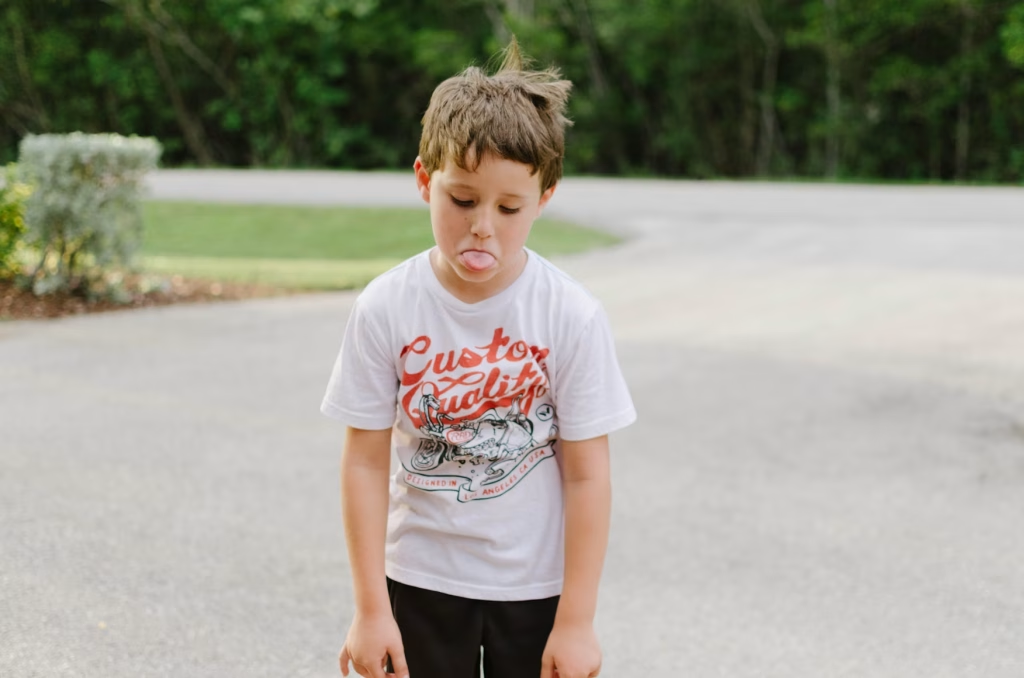
You love your child, yet something feels off. Maybe every minor setback is someone else’s fault, or compliments quickly morph into cruel comparisons with friends. Asking, “Could my child be showing narcissistic traits?” can feel scary, but noticing these patterns early is an act of powerful, preventative love.
Early awareness means you can shift the family climate, model healthier coping strategies, and guide your child toward genuine empathy before unhelpful habits harden. Below are five research-backed warning signs of narcissistic behaviors in children, plus practical steps to recalibrate your home environment so your child can thrive.
1. Achievements Become Your Parent-Child Battleground
Does a simple “Great job on that test!” evolve into “Yes, I’m so proud—I always knew you’d outshine the others”? Children whose victories are consistently used to elevate the family’s social image can start to believe praise equals superiority, not effort.
Psychologists call this parental overvaluation—treating ordinary milestones as evidence your child is extraordinary in every way. A landmark Dutch study found that overvaluation predicted early narcissistic attitudes more strongly than lack of warmth did.
Try this instead: Praise process (“You studied hard”) and character (“You showed perseverance”), not status or exclusivity.
2. Friendships Feel Like One-Way Streets
All kids quarrel, yet chronically narcissistic children show patterns: they gossip to stay on top, scapegoat peers for group mishaps, or ditch friends as soon as someone new seems “better.” They may apologize only when coerced, without genuine remorse. If your child rarely owns a share of conflict, ask them to narrate the other child’s perspective. Struggling to do so signals an empathy gap, a core component of narcissism.
Action step: Role-play disputes at home and rehearse taking turns stating feelings. Make empathy a family sport, not a lecture.
3. Boundaries? What Boundaries?
Narcissistic traits flourish in homes where limits swing between too loose (permissive pampering) and too rigid (harsh criticism). Either extreme teaches children one lesson: Rules bend to power. Balanced parenting—warmth plus consistency—models mutual respect.
Reset the tone: State rules once, calmly, and follow through. Pair consequences with empathy: “I see you’re upset; it’s still time to stop hitting.” Predictable structure signals that feelings matter, but they never trump another person’s safety or dignity.
4. Identity Feels Inflated—or Fragile
Grandiose boasting (“I’m the smartest kid ever!”) sometimes masks deep insecurity (“If I’m not the best, am I worthless?”). Children swinging between swagger and meltdown after minor criticism may be relying on an unstable self-image patched together by external praise.
Foster a realistic sense of self: Encourage activities outside academics—sports, art, volunteering—where your child risks healthy failure and learns effort counts more than titles. Share your own mistakes out loud to normalize imperfection.
5. Family Roles Are Rigid—Golden Child vs. Scapegoat
If one sibling can “do no wrong” while another is chronically blamed, you may be seeing narcissistic family scripting. Children in the golden role learn entitlement; scapegoats absorb shame, sometimes developing people-pleasing or rebellion.
Rebalance dynamics: Rotate privileges and chores. Celebrate each child’s unique strengths. If you notice favoritism creeping in (from yourself or a co-parent), address it head-on, perhaps with a therapist’s help.
Is It Just a Phase?
Preschoolers are naturally egocentric; they’re still wiring the brain circuits for perspective-taking. What distinguishes normal self-focus from concern?
| Developmentally Typical | Worth a Closer Look |
| Occasional bragging | Chronic need to dominate conversations |
| Disliking to share but learning slowly | Refusing to share while mocking others |
| Accepts “no” after brief protest | Explosive rage or manipulation when refused |
If patterns persist past age 8, intensify despite guidance, or create social isolation, seek an evaluation from a child psychologist.

6 Ways to Guide Your Child Toward Empathy and Balance
- Model reflective listening. Show you can summarize your child’s feelings without judgment; then ask them to do the same for yours.
- Praise empathy moments. “I saw you help Ella when she fell—that was kind.”
- Teach mindful breathing. Emotional regulation opens space for empathy.
- Volunteer together. Helping shelters or neighbors shifts focus from self to community.
- Limit comparison language. Swap “You’re the best artist” for “I love your color choice—tell me about it.”
- Consider therapy early. CBT and family systems work can redirect unhealthy narratives before adolescence cements them.
Your Child’s Story Isn’t Written in Stone
Spotting narcissistic behaviors in children doesn’t mean raising an irredeemable “narcissist.” Personalities are still forming; brains remain wonderfully plastic. By balancing warmth with realistic expectations, setting consistent boundaries, and elevating empathy as a family value, you give your child the tools to develop genuine confidence without trampling others.
Feel uneasy? That’s okay—that feeling can propel growth. Engage supports: pediatricians, counselors, parenting groups. Remember, calling out harmful patterns is not blame; it’s brave stewardship.
Have you wrestled with similar concerns? Share insights or questions below—your story may help another parent find the courage to course-correct with compassion.
Read More
- The School Is Calling Again: 5 Ways to Help Change a Child’s Bad Behavior at School
- Should You Buy a House in a Bad School District?

Samantha Warren is a holistic marketing strategist with 8+ years of experience partnering with startups, Fortune 500 companies, and everything in between. With an entrepreneurial mindset, she excels at shaping brand narratives through data-driven, creative content. When she’s not working, Samantha loves to travel and draws inspiration from her trips to Thailand, Spain, Costa Rica, and beyond.

